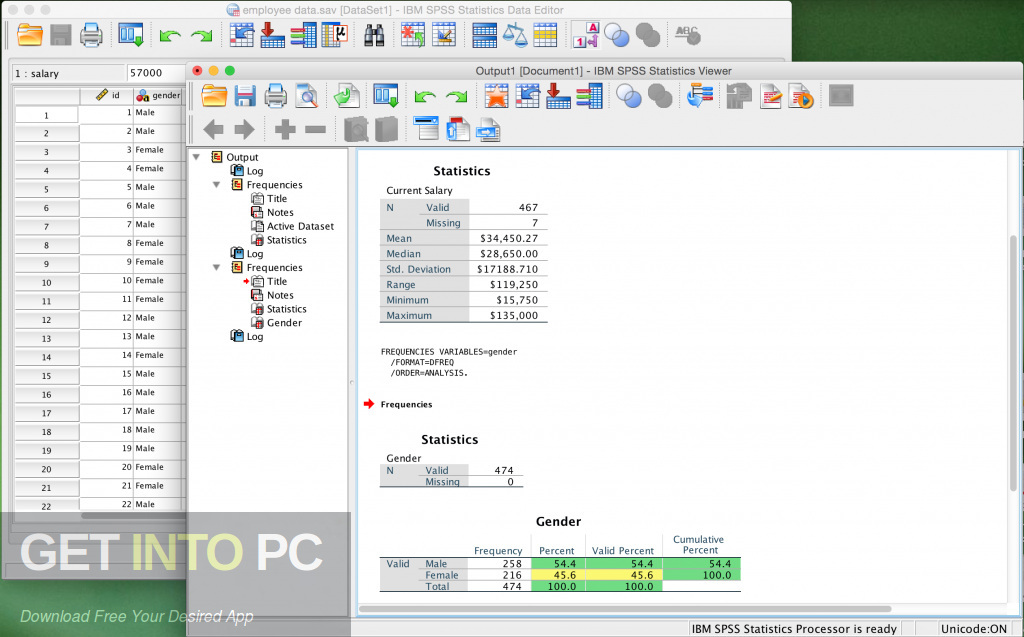

Researchers suggested that this approach to learning styles was beneficial for both teachers and students because teachers could adjust pedagogy according to student’s learning styles and students would be empowered to use the best techniques suited to their learning styles, resulting in better educational satisfaction and better learning outcomes. This has led to a crucial shift for most medical schools needing to reorganize their curriculum and adopt new methods of learning and teaching to varying degrees from traditional didactic teacher-oriented and basic subject learning-centered teaching to interactive, student-centered, or problem-based teaching methods. This is a huge challenge, as teachers must impart a large amount of medical knowledge within a limited time frame so that students can not only remember and understand but also be able to interpret and apply their knowledge for future internships or clinical practice. Medical teaching is an evolving and modernizing process that substantially requires that both students and teachers continuously reflect and upgrade themselves to improve learning and teaching. The evidence that there is a significant interaction effect of grade, gender, and nationality examined with the separate knowing, rather than the connected knowing, suggests that this heterogenicity of learning methodology needs to be considered and integrated into future teaching methods. The learning styles and attitudes of students participating in the teaching process showed no difference in grade, gender, and nationality. There is no difference in the separate knowing between these two curricula. The average score of the connected knowing for first-year students taking the "International Health" course is significantly higher than that of second-year students taking the "Population Health and Sustainable Development" course.

These medical students reported significantly higher connected knowing styles than separate knowing. The reliability value of Cronbach Alpha coefficients for all items of ATTLS was 0.93.

A self-administered Attitudes Toward Thinking and Learning Survey (ATTLS) was used to assess the differences in learning styles and attitudes among grades, gender, and nationality of these post-baccalaureate medical students. The research subjects consisted of 43 first- and second-year medical students attending a post-baccalaureate medical education program exclusively for foreign students at a comprehensive university in Kaohsiung City, Taiwan. This study aimed to evaluate whether the learning styles and attitudes (connected and separate knowing) associated with the curriculum differ among medical students.

In a scenario of ongoing changes in the theory and methodology of teaching, student-centered practices are crucial in improving teaching and learning outcomes.


 0 kommentar(er)
0 kommentar(er)
